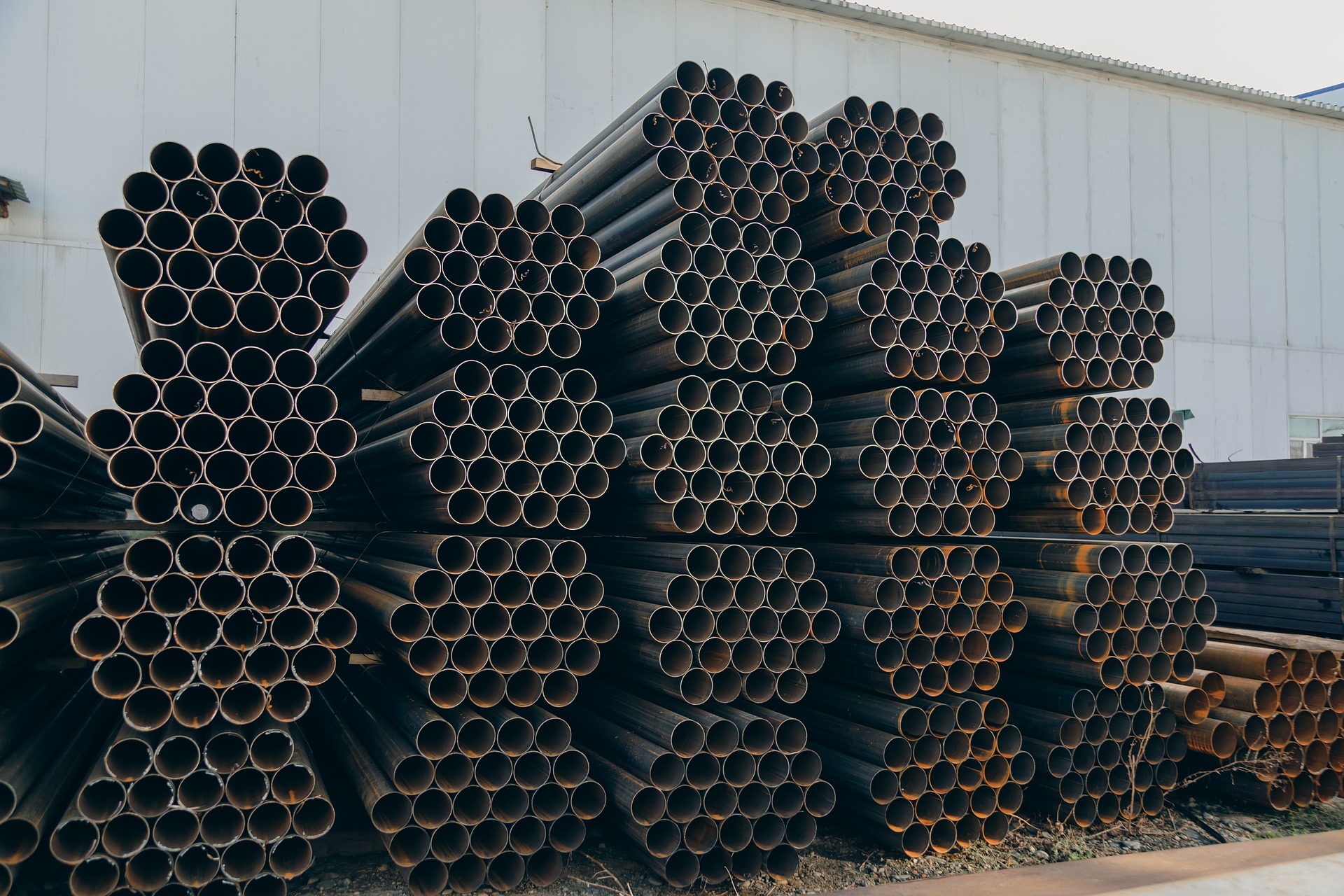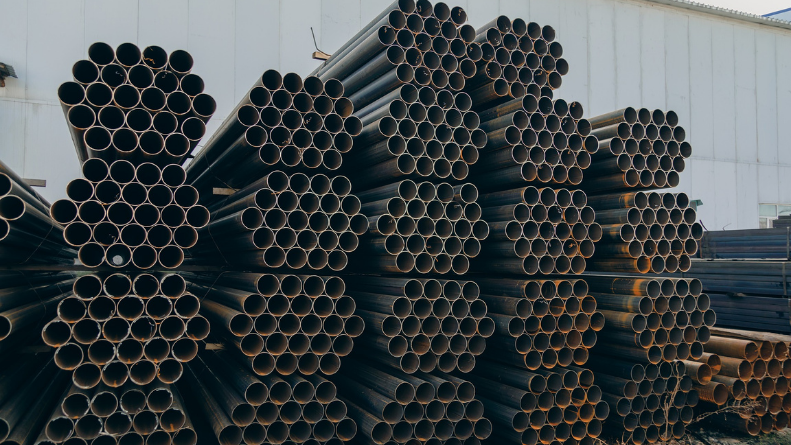Building Material Shortages & Prices Rise
Due to several factors, we are seeing building material shortages in the U, with prices also rising by as much as 23.5% between August 2020 compared to August 2021, according to the Department for Business, Energy and Industrial Strategy (BEIS). This situation is unlikely to change for the time being. The shortages of construction materials vary but include roof tiles, cement, bricks, and timber.
The Construction Leadership Council (CLC) has stated that there are “pressing concerns across the supply chain,” referring to shortages in HGV drivers, something that is not limited to construction but having an impact across all sectors.
UK Economy
A concern that has been expressed by many analysts is that the continuing materials shortages and price rises could start to have a significant impact on the UK economy, at a time when it is trying to recover from the pandemic.
To help relieve the lorry driver shortages and improve the situation, the government has granted 10,500 visas to overseas drivers and workers. These visas are intended to also help with shortages that are affecting other supply chains like shops, supermarkets, and fuel stations.
The UK has seen the lowest level of construction activity since February, according to the Construction Purchasing Manager’s Index (PMI). The shrinkage in construction work and projects is a concern and the knock-on effects on the UK economy could start to have a greater impact if materials shortages are not improved soon.
Shortages effects
For those who are in the middle of or planning to start a renovation project, they will have to contend with higher prices. Compared to prices from a year ago, the prices of materials for repair and maintenance work have risen by an eye watering 25.9%, and 2.6% just from July to August.

Self-builders will also be severely impacted by shortages, especially with materials like timber and steel, which have been particularly impacted by both shortages and price rises.
As for those that love doing DIY, something that has grown in popularity and necessity since March 2020, with the first UK lockdowns, building merchants are having the same issues and pressures. Before you get started on your DIY project, whether doing a little outside landscaping or interior decorating, you may want to check around first to get an accurate cost of what the materials will cost and their availability to complete the project.
Materials being affected
- Timber
- Steel
- Roof tiles
- Cement & concrete
- Paints
- Plaster and plasterboard
- Bricks & blocks
- Plumbing products
- Insulation
- Electrical parts
- Screws
Timber
Timber shortages have been ongoing since at least the first lock in March 2020. Adverse weather and other conditions in timber exporting countries have played a part, along with importing problems and high demand.
Steel
In May of this year, British Steel ceased taking orders on structural steel sections because of what they called “extreme demand.” British Steel also raised prices for structural sections by £80 per tonne for all new orders coming in.
Since steel production is a very energy intensive sector, and there is growing concern over the price increase of energy in this regard, noting that gas prices have risen in the UK by 250% since January, UK Steel boss Gareth Stace has said, “We can’t wait until Christmas and beyond. Or even a few weeks. We need action now. It needs to be swift, decisive action.
UK Steel has been in talks with the government along with industry representatives from other sectors, including glass, cement, chemicals, and ceramics.
Cement
Cement, another energy intensive industry, has seen shortages in the past year. A major part of current cement shortages is down to lorry diver shortages adversely affecting the supply chain.
Paints
Paints and sealants are in short supply due to a global shortage, and as with all things that are shipped internationally, shipping containers are in short supply and container vessels are backing up at container ports.
The congested container ports issue is expected to continue for some time, perhaps at least nine months or more, and involves some of the world’s largest container ports according to the British Ports Authority. Shipping giant AP Moller-Maersk has even started to divert shipping away from the UK’s largest container port, Felixstowe.
Cause of shortages
As already noted, global supply chains and congestion at container ports play a part in UK materials shortages. There are other factors, however, that are also playing a role. While demand for construction materials is very strong at a 24 year high, the supply side of the equation is not meeting demand.
Lack of lorry drivers and labour issues are influencing the supply side. With over 100,000 drivers short of what is required, the UK faces significant challenges in fixing this long-term trend of declining lorry drivers. In desperation, we have even seen some materials suppliers ask customers to collect their orders because they were unable to do so themselves.
Labour challenges include high increases in rates, and two factors are behind this. Firstly, supply of labour is in short supply with demand being very high. Secondly, due to the high demand for labour and trades being overwhelmed with work.
“It is clear that a multitude of factors are combining to affect materials shortages and prices,” said Jamie Johnson, CEO of FJP Investment. “Due to the extensive nature and complexity of the issues involved, we may see construction materials shortages for some time to come.”
ARE YOU READY TO START INVESTING?
Subscribe to our mailing list now for exclusive deals, investment guides and the latest information from the property market.







